 Neofinetia falcata is a wonderful miniature orchid. I am completely infatuated with this species, and apparently Japanese samurai warriors were too. Neos are still highly valued orchids in Japan where they are commonly known as Fu-ran (The Wind Orchid) or Fuki-ran (Rich and Noble Orchid). They have also become popular in the US in recent years, but are still very hard to get a hold of here in Europe.
Neofinetia falcata is a wonderful miniature orchid. I am completely infatuated with this species, and apparently Japanese samurai warriors were too. Neos are still highly valued orchids in Japan where they are commonly known as Fu-ran (The Wind Orchid) or Fuki-ran (Rich and Noble Orchid). They have also become popular in the US in recent years, but are still very hard to get a hold of here in Europe.



 I have had the regular white Neofinetia falcata for a while (the flower in the large photo), and this fall I scored a young Neofinetia falcata ‘Amami Island’ f. pink. Now I am very happy to three new exciting cultivars to my neo-collection. They are divisions from an orchid friend’s collection up north and in really nice shape. The one I am the most excited about is the ‘Shutenno’, a gorgeous purple color form. I also got a ‘Yodonomatsu’ which is a bean leaf cultivar with thicker leaves and a shorter leaf span. Finally, the ‘Yoroidoushi’, a pine needle cultivar which has a lot more leaves per growth and is generally smaller in size.
I have had the regular white Neofinetia falcata for a while (the flower in the large photo), and this fall I scored a young Neofinetia falcata ‘Amami Island’ f. pink. Now I am very happy to three new exciting cultivars to my neo-collection. They are divisions from an orchid friend’s collection up north and in really nice shape. The one I am the most excited about is the ‘Shutenno’, a gorgeous purple color form. I also got a ‘Yodonomatsu’ which is a bean leaf cultivar with thicker leaves and a shorter leaf span. Finally, the ‘Yoroidoushi’, a pine needle cultivar which has a lot more leaves per growth and is generally smaller in size.
Neofinetia falcata is a minature epiphyte primarily found in East Asia. They need high humidity and good air circulation and prefer warmer summers but a bit cooler and drier in the winter. I grow mine mounted on cork slabs instead of in the traditional Japanese clay pot. I have grown mine in the warm vivarium, which I run slightly cooler in the winter anyway, under medium/hight light. I am considering making room for them in the new cool vivarium during the winters, but we’ll see if that is necessary.
The genus was named after the French botanist Achille Finet, while falcata refers to the sickle-shaped and very prominent spur of the flowers. It was the only species in the genus until 1996 when Neofinetia richardsiana was added. The main difference between the two species is the length of the spur, falcata presenting the longer of the two. There are however countless cultivars of Neofinetia falcata, and I am now the very proud owner of five different ones.
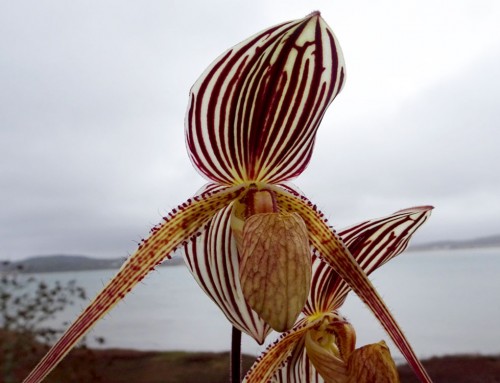
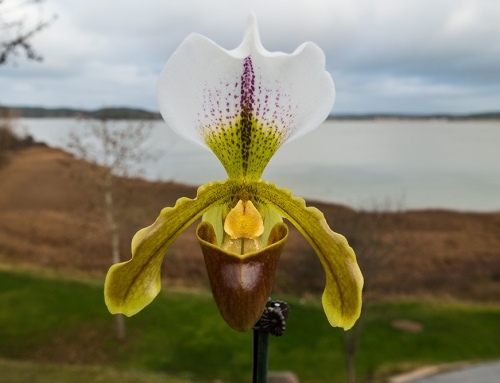
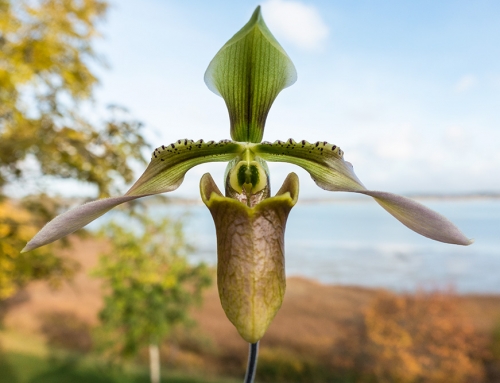
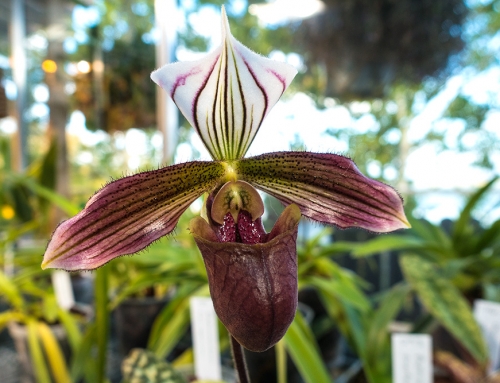
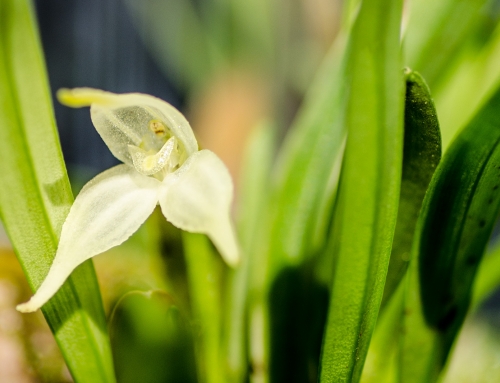
Hello,
My name is Kiriakos and i am an orchid collector from Greece. Not so long ago i fell in love with the Neofinetia species and that’s why i created a website about these amazing plants. I am also a ceramist and i make hand-made Neofinetia ceramic pots. I am a big fan of your Neofinetia collection. Unfortunately, i only have 3 Neofinetia falcata plants but my collection is growing fast!!
I wanted to ask you if any of your plants are for sale. I’m very interested in purchasing plants for reasonable prices.
I’m looking forward to hearing from you.
Best regards
Kiriakos
Thank you Kiriakos! I love Neofinetia too. Nice that you can combine your skills as a ceramist to make pots for them. I grow all mine bare root. None of mine are for sale, but I have a friend who sell divisions Neos from time to time. If you want I can give hi your email adress and you can talk about what he has for sale?
Thank you very much for the reply Karma.
If its possible send me an email with your friend’s contact information.
Best regards
Kiriakos
Hi again! I have given your email adress to my friend, so he will contact you. His name is Lasse. He usually have very nice divisions. Hope you get what you want. 🙂